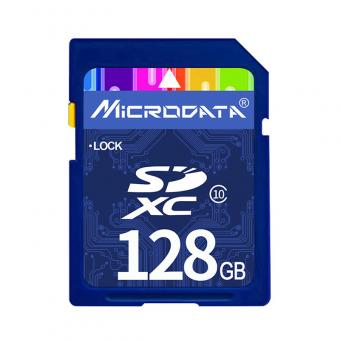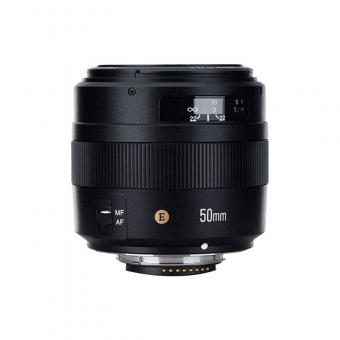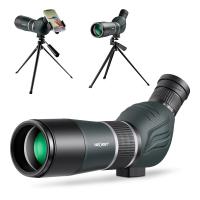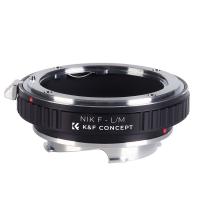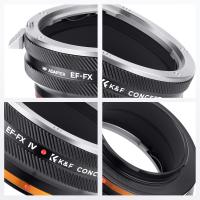When Did Digital Cameras Start ?
Digital cameras started to become commercially available in the early 1990s. The first digital camera was invented in 1975 by Steven Sasson, an engineer at Eastman Kodak. However, it was not until the 1990s that digital cameras became more widely available to consumers. The first consumer digital camera was the Apple QuickTake 100, which was released in 1994. Other early digital cameras included the Kodak DC40 and the Casio QV-10. These early digital cameras had low resolution and limited storage capacity, but they paved the way for the development of more advanced digital cameras in the years to come. Today, digital cameras are ubiquitous and have largely replaced film cameras in most applications.
1、 Early development in the 1970s and 1980s

Digital cameras have become an integral part of our lives, allowing us to capture and store memories with ease. The early development of digital cameras can be traced back to the 1970s and 1980s, when companies like Kodak, Sony, and Canon began experimenting with digital imaging technology.
In 1975, Kodak engineer Steven Sasson created the first digital camera prototype, which weighed 8 pounds and had a resolution of 0.01 megapixels. It wasn't until the 1990s that digital cameras became commercially available, with the first consumer digital camera, the Apple QuickTake, released in 1994.
Since then, digital cameras have evolved significantly, with improvements in resolution, image quality, and features such as autofocus, image stabilization, and wireless connectivity. Today, digital cameras come in a variety of shapes and sizes, from compact point-and-shoot cameras to professional-grade DSLRs and mirrorless cameras.
The latest point of view on digital cameras is that they continue to evolve and improve, with advancements in technology such as artificial intelligence and computational photography. These developments are allowing for even better image quality, faster processing speeds, and new creative possibilities for photographers.
Overall, the early development of digital cameras in the 1970s and 1980s paved the way for the widespread use of digital photography today, and the technology continues to evolve and improve.
2、 Commercial availability in the 1990s

Digital cameras started becoming commercially available in the 1990s. The first digital camera was invented in 1975 by Steven Sasson, an engineer at Eastman Kodak. However, it was not until the 1990s that digital cameras became widely available to consumers. The first consumer digital camera was the Apple QuickTake 100, which was released in 1994. It had a resolution of 640x480 pixels and could store up to eight images.
Since then, digital cameras have come a long way. They have become smaller, more affordable, and more powerful. Today, digital cameras are ubiquitous, and most people carry one with them at all times in the form of a smartphone. The latest smartphones have cameras that rival or even surpass the quality of dedicated digital cameras.
Digital cameras have revolutionized the way we take and share photos. They have made it easier and more convenient to capture and store memories. They have also made it easier to edit and share photos with others. With the rise of social media, digital cameras have become an essential tool for sharing our lives with others.
In conclusion, digital cameras started becoming commercially available in the 1990s and have since become an essential tool for capturing and sharing our lives. While the latest smartphones have made dedicated digital cameras less necessary, they continue to evolve and improve, offering new features and capabilities that make them a valuable tool for photographers of all levels.
3、 Advancements in resolution and storage capacity

Digital cameras started to become popular in the late 1990s, with the first consumer digital camera, the Apple QuickTake 100, released in 1994. However, it wasn't until the early 2000s that digital cameras began to replace film cameras as the primary tool for photography.
Advancements in resolution and storage capacity have been key factors in the growth of digital cameras. Early digital cameras had low resolution and limited storage capacity, making them less appealing to professional photographers. However, as technology improved, digital cameras became capable of producing high-quality images and storing large amounts of data.
Today, digital cameras are ubiquitous and come in a wide range of sizes and capabilities. From compact point-and-shoot cameras to high-end professional models, there is a digital camera to suit every need and budget. In addition, many smartphones now come equipped with high-quality cameras, making it easier than ever to capture and share images.
Looking to the future, advancements in artificial intelligence and machine learning are likely to play a significant role in the development of digital cameras. These technologies could enable cameras to automatically adjust settings based on the scene being photographed, or even to recognize and track specific subjects. As digital cameras continue to evolve, they will undoubtedly remain an essential tool for photographers and enthusiasts alike.
4、 Rise of smartphone cameras and decline of digital cameras
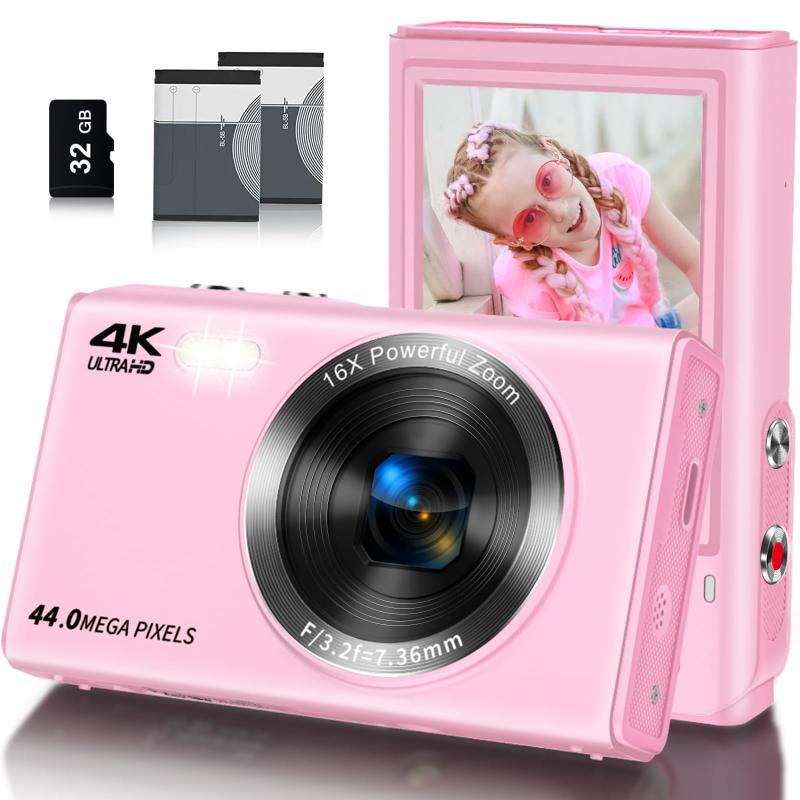
Digital cameras first started to become popular in the late 1990s and early 2000s. The first digital camera was invented in 1975, but it wasn't until the late 90s that they became affordable and widely available to consumers. The rise of digital cameras revolutionized the photography industry, making it easier and more accessible for people to take high-quality photos without the need for film.
However, in recent years, the popularity of digital cameras has declined due to the rise of smartphone cameras. With the increasing quality of smartphone cameras, many people no longer feel the need to invest in a separate digital camera. Smartphone cameras have become so advanced that they can now rival the quality of some entry-level digital cameras.
The decline of digital cameras has been particularly noticeable in the point-and-shoot market, where sales have dropped significantly. However, professional-grade digital cameras are still widely used by photographers and videographers who require more advanced features and higher image quality.
The latest point of view is that while smartphone cameras have certainly impacted the digital camera market, there is still a place for digital cameras in the photography industry. Many photographers still prefer the control and flexibility that digital cameras offer, and there are still many situations where a smartphone camera simply can't compete. Additionally, the rise of mirrorless cameras has brought new life to the digital camera market, offering a smaller and more portable alternative to traditional DSLRs.










